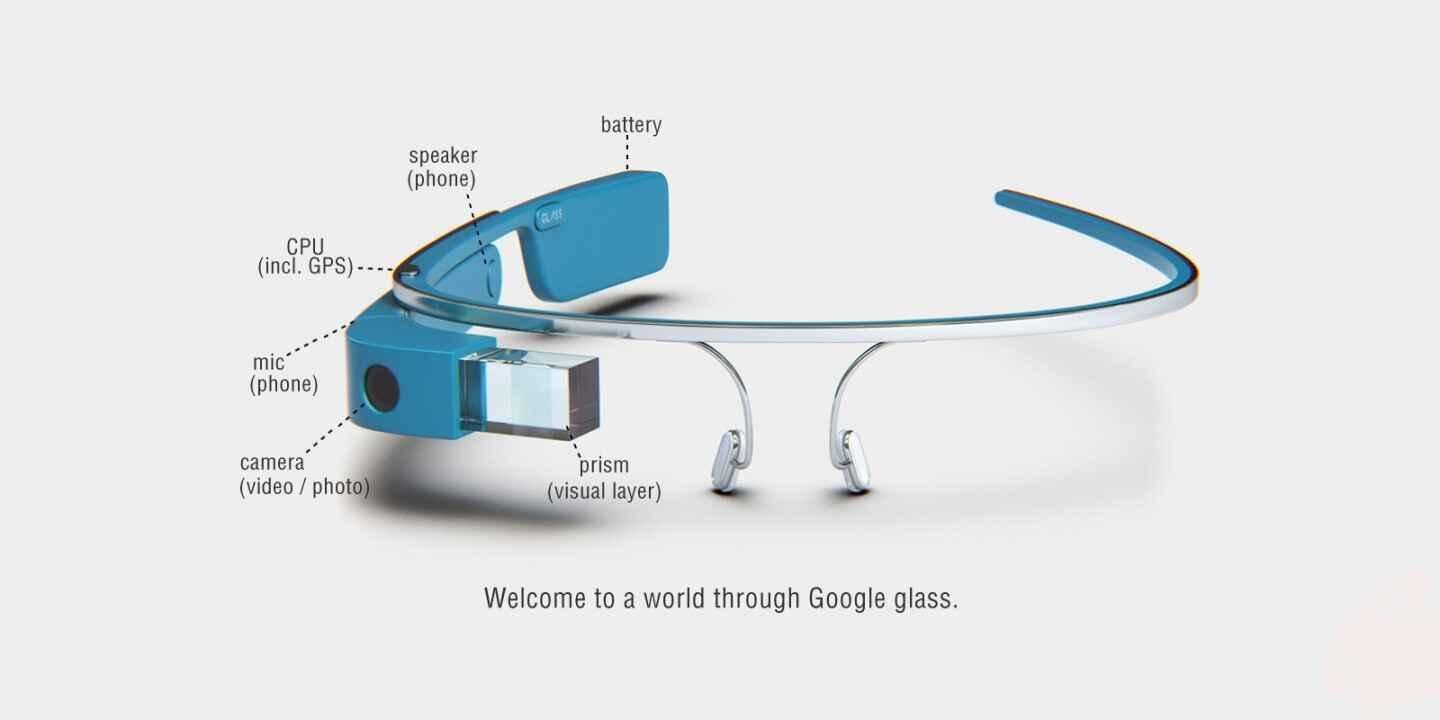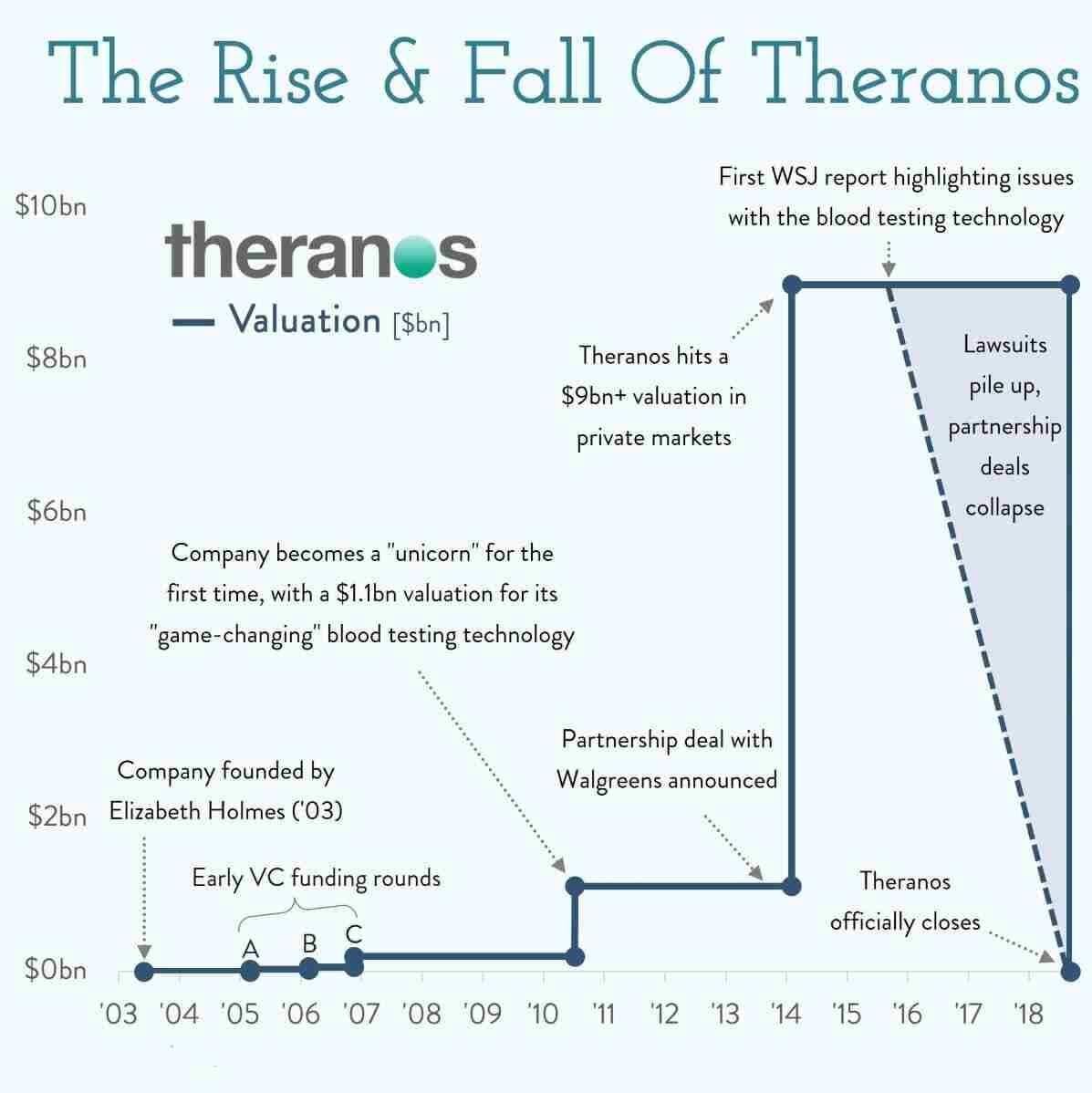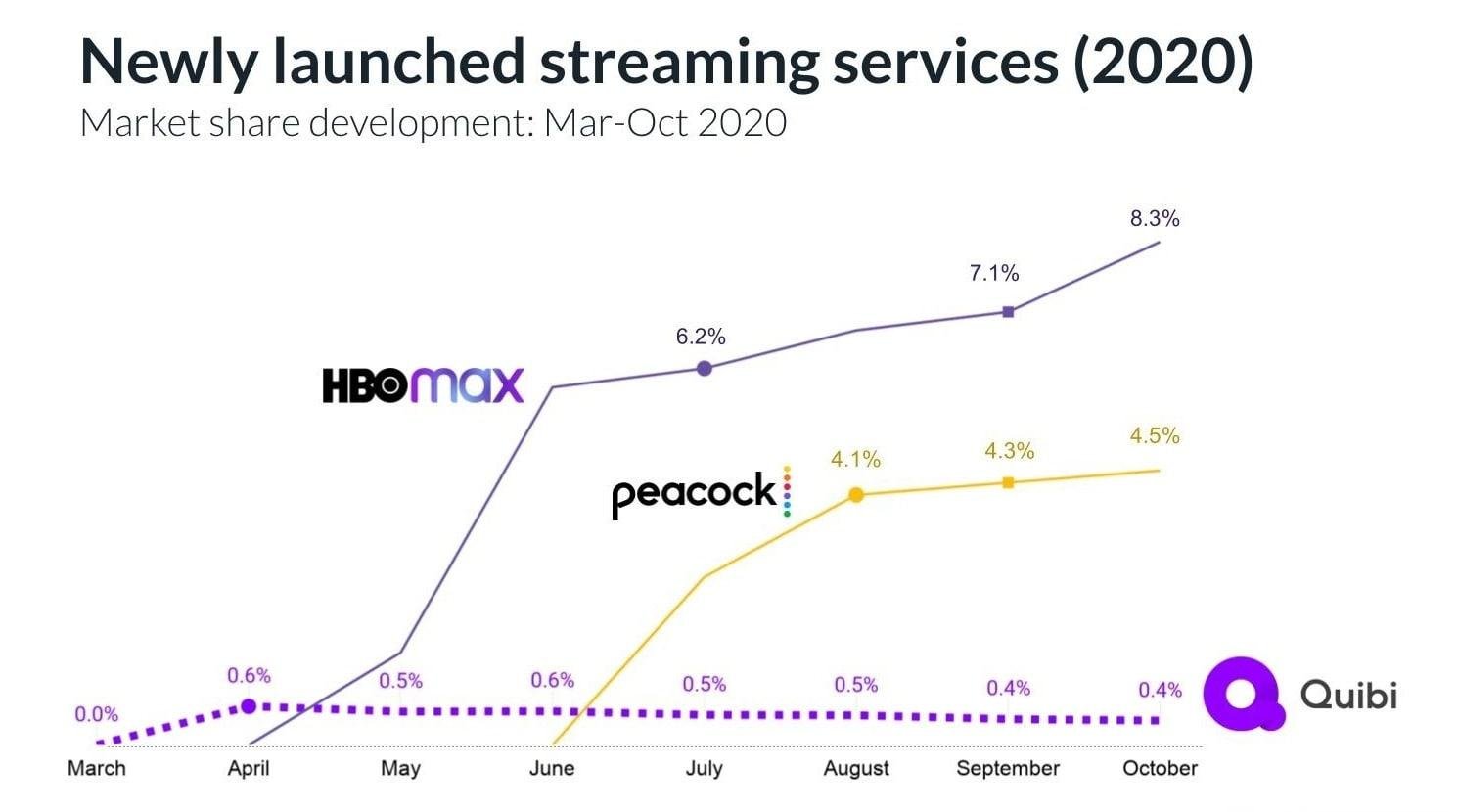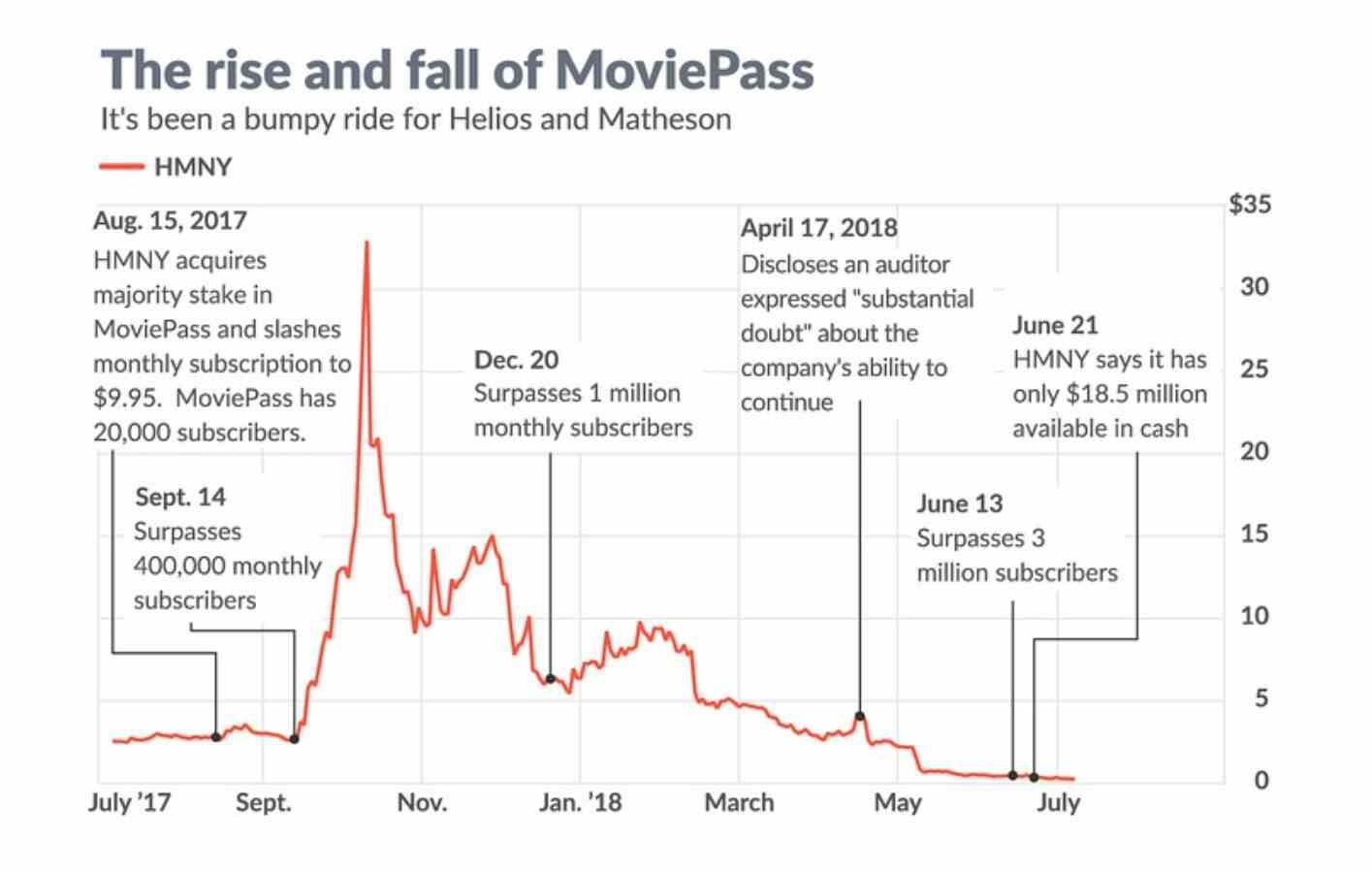“Think outside the box.”
These four words have become a mantra in business circles, innovation workshops, and strategy sessions.
It’s the advice that well-meaning mentors, consultants, and business gurus dispense as if it were the universal solution to every business challenge.
I’d heard it countless times throughout my own career—in boardrooms, at conferences, during brainstorming sessions, and splashed across business bestsellers in different forms, like:
“Go from zero to one.”
“Disrupt the status quo.”
“Re-define the game.”
“Find your blue ocean.”
It’s the golden rule of innovation, the battle cry of disruption, and the supposed key to unlocking business success in our hyper-competitive world.
The media doesn’t help either. We’re bombarded with stories of disruptive innovators who transformed entire industries seemingly overnight.
From Uber reinventing transportation to Airbnb revolutionizing hospitality, these narratives have convinced us that meaningful business differentiation requires revolutionary thinking and category creation.
But what if this advice is actually holding you back? What if the real opportunity lies not in abandoning the box, but in mastering what’s already inside it?
Disclaimer: If you buy any products through links on this site, I may earn a commission. But it doesn't make any difference to your cost, and it helps me keep this blog running. So you could always read my articles for free.
The perils of thinking outside the box
Consider the cautionary tale of Better Place, a startup founded in 2007 that raised nearly $1 billion to revolutionize electric vehicles with a battery-swapping model.
It rejected the conventional approach to EV charging in favor of a novel battery exchange system.
By 2013, the company had filed for bankruptcy after building only 21 battery swap stations and selling fewer than 1,500 vehicles.
Their commitment to thinking outside the box led them to overlook the practical challenges of their revolutionary approach.
This burden of originality doesn’t just affect big ventures. Cupcake Corner in Portland spent $87,000 developing “revolutionary” flavor-changing cupcakes in 2018.
But it soon discovered that customers preferred reliable, traditional options. The business stabilized only after they abandoned their quest for novelty.
When you’re told to “think outside the box,” you’re essentially being advised to reject established practices and pursue radical innovation. While this sounds exciting, it carries significant risks.
The resource drain
Thinking outside the box is expensive. And not just in financial terms, but in time, focus, and opportunity cost.
As the founder of a startup or small business, your most precious resources are time and money.
Both are typically in short supply. And “outside the box” thinking often consumes massive amounts of both.
When you chase outside-the-box thinking, you’re often spending precious resources on unproven concepts while competitors are perfecting what already works.
Take Rovio, the company behind Angry Birds. What many don’t know is that before their breakthrough hit, they created 51 unsuccessful games, nearly bankrupting the company.
While they eventually succeeded, they burned through almost all their capital pursuing novel game concepts rather than refining established formulas that worked in the market.
Even established large corporations aren’t immune. Coca-Cola’s launch of New Coke in 1985 is a classic example of outside-the-box thinking gone wrong.
As Pepsi-Cola started capturing more of the market in the first half of the 1980s, Coca-Cola responded by revealing it would change its recipe for the first time in nearly a century.
Coca-Cola halted production of its classic formula on April 23, 1985, leading to a swift 3% decline in its stock value.

The company spent $4 million on development and lost significant market share during the 79 days before it returned to the original formula.
The implementation challenge
Novel ideas are hard to execute. They require new systems, new skills, and new ways of working that your team may not possess.
Juicero is the perfect cautionary tale. The startup raised $120 million to create a $400 wi-fi enabled juicer that squeezed proprietary juice packets.

The “outside the box” concept seemed revolutionary – until people discovered you could squeeze the packets by hand just as effectively. The company shut down in 2017, just 16 months after launching.
They spent hundreds of hours designing custom components for a problem that
didn’t really exist. Their pursuit of unnecessary innovation led to an expensive failure.
The alienation risk
Humans are drawn to what they recognize—we trust, prefer, and value things we’ve encountered before.
When you push too far outside familiar territory, you risk creating something your customers don’t understand or want.
You’re essentially asking customers to adopt something unfamiliar – a significant barrier to overcome.
Clinkle, a payment app startup, raised $30 million in 2013 based on a secretive, supposedly revolutionary technology. It insisted on keeping the core concept hidden while pursuing an overly complex vision that continually shifted.
After burning through funding with no clear product, the company collapsed. The company spent so much time trying to create something that had never been done before that we lost sight of what customers actually needed.
Google Glass serves as another prime example. Launched in 2013 at $1,500, this head-mounted display was certainly outside-the-box thinking.

But consumers weren’t ready for the social implications and privacy concerns it raised. The consumer version was discontinued just two years later after poor adoption, despite Google’s massive resources and marketing capabilities.
On a smaller scale, take the case of Chopstick Helper, an innovative utensil designed to help people learn to use chopsticks.
Despite winning design awards, the $22 product sold fewer than 5,000 units in two years because it solved a problem most consumers didn’t consider significant enough to warrant a specialized tool.
The distraction danger
The directive to think outside the box can pull focus from the core competencies that actually drive business success. It creates a constant search for the novel and revolutionary rather than mastery of fundamentals.
WeWork is a stark example of this distraction at scale. What began as a straightforward office subleasing business became a scattered collection of outside-the-box ventures.
These included WeLive (residential spaces), WeGrow (a school), and Wave (a wave pool business).
This lack of focus contributed to the company’s spectacular valuation collapse from $47 billion to less than $5 billion in 2019.

At a smaller scale, Bright Foods, a small health food store chain in Michigan, nearly bankrupted itself and lost $380,000 in 2018 trying to implement blockchain technology for supply chain tracking – a classic case of outside-the-box thinking distracting from core retail operations.
A UK car leasing company, Ling’s Cars, understands this well. While their website (lingscars.com) looks intentionally chaotic and different, the actual business model is remarkably traditional.
They focused on perfecting the basics: better rates, excellent customer service, and transparent contracts.
Instead of aiming for a fancy app or digital disruption, they put their energy into negotiating better deals with suppliers and treating customers like human beings.
Their conversion rate is 4 times the industry average because they focused on the fundamentals.
The expertise dilemma
Outside-the-box thinking often leads entrepreneurs into domains where they lack expertise, creating a dangerous knowledge gap.
Theranos was founded in 2003 with an outside-the-box vision to revolutionize blood testing.
The founder’s lack of medical expertise didn’t stop her from raising $700 million, but it contributed significantly to the company’s spectacular failure in 2018 when her claims proved scientifically impossible.

On a less dramatic scale, the founder of Fridge Friend left his successful accounting practice in 2016 to launch a smart refrigerator monitoring system.
With no background in hardware development or IoT technology, he burned through $420,000 in savings before abandoning the project 18 months later.
The communication challenge
Outside-the-box ideas are inherently harder to communicate effectively to customers, investors, and even your own team. This creates friction in every aspect of business development.
Quibi, which shut down in 2020 after raising $1.75 billion, faced this exact problem. Their outside-the-box idea of short-form premium video designed exclusively for mobile consumption proved difficult to explain to consumers, resulting in poor adoption despite massive marketing spending.

Similarly, take Orbital Audio, an innovative 3D audio technology for home theaters launched in 2017. Despite the product’s technical excellence, it struggled to communicate its benefits to consumers. After three years and $840,000 invested, the company closed.
The analysis paralysis effect
The directive to think outside the box often leads to overthinking and delays action. When every possible approach is on the table, decision-making becomes exponentially more complex.
MoviePass demonstrates this at scale. The movie subscription service repeatedly pivoted its business model in increasingly creative ways, ultimately cycling through eight different pricing structures in less than two years.
This constant outside-the-box reimagining prevented the company from refining any single approach long enough to make it viable, contributing to its 2019 shutdown.

On a smaller scale, a coffee shop Brew Theory in Austin spent 14 months developing an innovative ordering system that combined facial recognition with predictive ordering.
The extended development cycle cost $127,000 and delayed the shop’s opening by seven months. When finally implemented, customers found it confusing and invasive, preferring the conventional ordering experience of competing shops.
The regulatory and compliance challenges
Outside-the-box thinking often leads businesses into uncharted regulatory territory, creating legal and compliance issues that can doom even the most innovative concepts.
Airbnb has faced this challenge continuously, with their outside-the-box approach to accommodation running into regulatory barriers in cities worldwide.
Despite their success, they’ve spent over $150 million on legal challenges and regulatory compliance – resources that could have been directed elsewhere.
On a smaller scale, MediShare, a medical record sharing app shut down after nine months when it couldn’t resolve HIPAA compliance issues that arose from its innovative but legally problematic approach to patient data sharing.
Final thoughts on thinking outside the box
The “think outside the box” mandate creates an enormous pressure to be original – often at the expense of practicality and proven methods.
It carries an implied criticism of established practices that often leads businesses astray.
It creates pressure for originality at the expense of practicality, elevates differentiation over effectiveness, and pulls focus from the fundamentals that actually drive business success.
And it frequently leads entrepreneurs into unfamiliar territory where they lack expertise, market understanding, and competitive advantage.
To be clear, I’m not suggesting you never innovate. Rather, understand that innovation doesn’t require completely abandoning what works.
Basecamp (formerly 37signals) is a perfect example of this balance. The founders built a successful project management tool by focusing on sticking to the basics.
They weren’t interested in disrupting project management. They wanted to make it better in ways that actually matter to customers.
This approach has led to consistent profitability since 2004 – something many “disruptive” startups never achieve.
The most successful small businesses know that breaking all the rules isn’t necessary for success. Often, working within constraints and focusing on execution creates more sustainable results than chasing radical innovation.
This website offers that alternative perspective — an approach I call ‘thinking inside the box.
Instead of asking “How can we reinvent our business?” I write content to explore a more productive question: “How can you master the fundamentals of running a startup or small business in ways your competitors haven’t?”
However, this content is for members only. So, if this approach resonates with you, sign up here.
As a member, you will get exclusive access to my growing collection of useful micro-tools, time-saving templates, and actionable guides for small businesses and startups to stand out in a crowded market without reinventing the wheel.






This bold article flips the script on a popular cliché, arguing that “thinking outside the box” isn’t always the smartest move. Instead, it champions mastering what’s already inside the box refining proven ideas with excellence and practicality. A refreshing take on innovation grounded in real-world success.